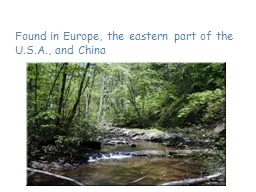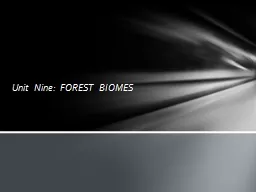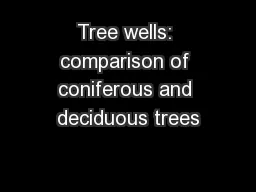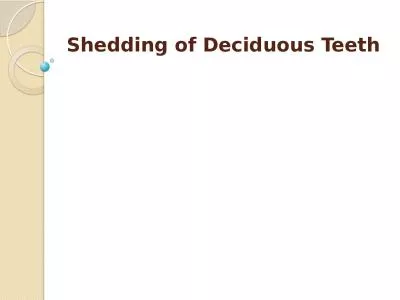PPT-Deciduous or Coniferous?
Author : min-jolicoeur | Published Date : 2018-09-29
Types of Trees Deciduous Coniferous Loses leaves in the fall Shed continuously Broad shaped or needle shaped Needle shaped leaves Leaves waxy topside and large
Presentation Embed Code
Download Presentation
Download Presentation The PPT/PDF document "Deciduous or Coniferous?" is the property of its rightful owner. Permission is granted to download and print the materials on this website for personal, non-commercial use only, and to display it on your personal computer provided you do not modify the materials and that you retain all copyright notices contained in the materials. By downloading content from our website, you accept the terms of this agreement.
Deciduous or Coniferous?: Transcript
Download Rules Of Document
"Deciduous or Coniferous?"The content belongs to its owner. You may download and print it for personal use, without modification, and keep all copyright notices. By downloading, you agree to these terms.
Related Documents














